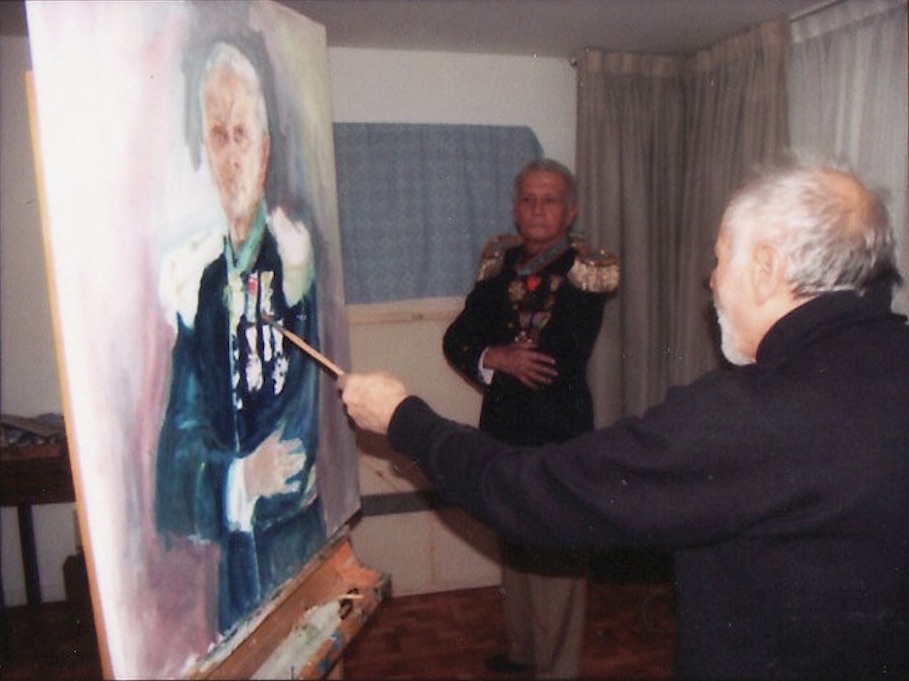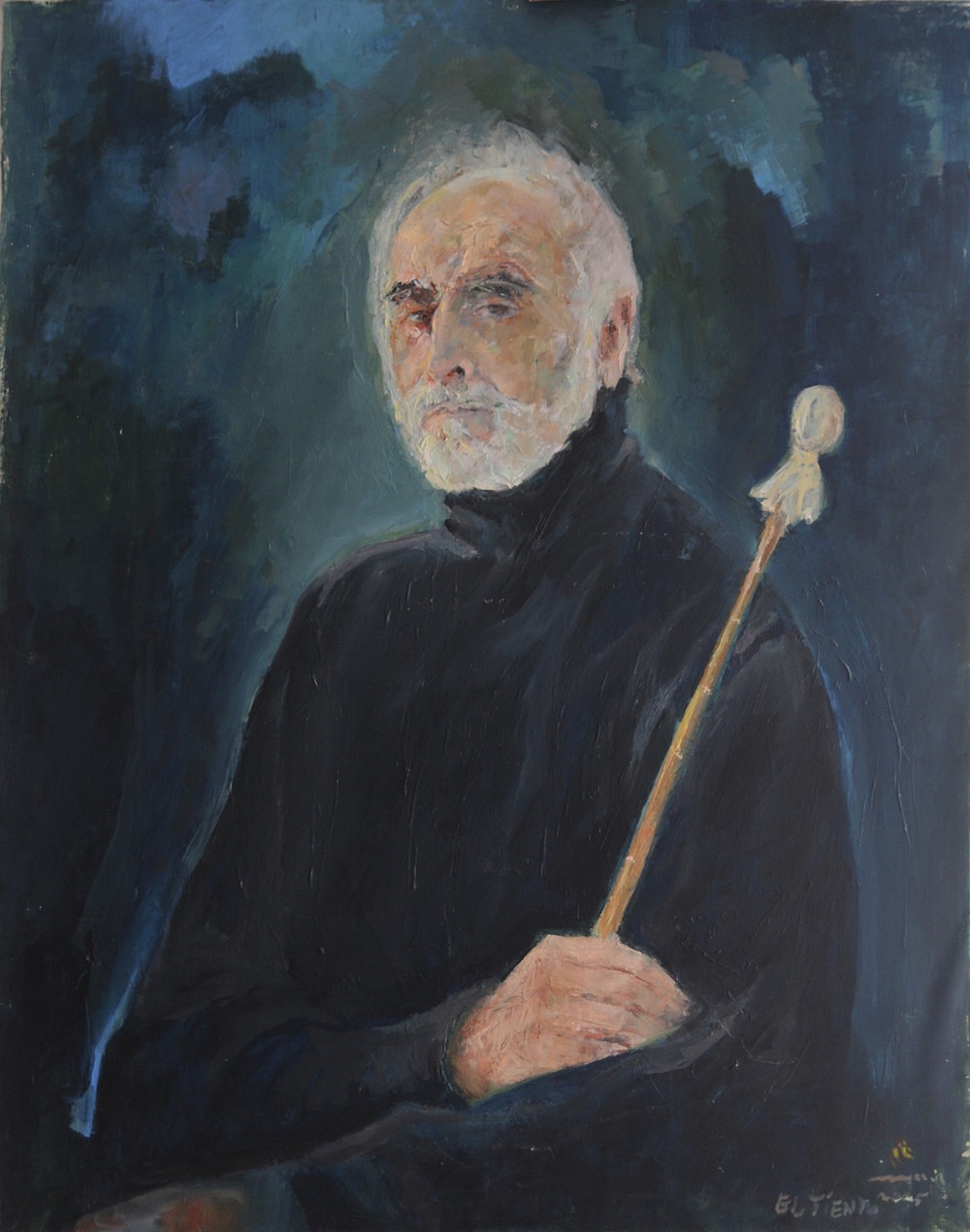Painter with Parkinson's Switches Hands, Mystifying Doctors

In a case that has mystified doctors, a professional artist who developed Parkinson's disease and then suffered a debilitating arm injury managed to continue to paint with his other arm — just as well as he had painted with his good arm, according to a new report.
Doctors diagnosed Juan Mallol Pibernat, a Spanish artist, with Parkinson's disease when he was in his early 70s. The illness causes the loss of brain cells in an area that controls muscle movement, and symptoms can include tremors, impaired balance and coordination, and limb stiffness, according to the National Institutes of Health.
One day, Mallol Pibernat lost his balance while carrying one of his works. In trying to avoid falling on his painting, he landed on his right arm instead, fracturing it, according to the report of his case, published online June 8 in the journal Neurocase: The Neural Basis of Cognition.

Doctors put the artist in a cast for 40 days, but that didn't stop Mallol Pibernat. He had agreements in place for commissioned paintings, and didn't want to disappoint his clients, so he painted with his unpracticed left hand, said co-author of the case report Dr. Kuan Kho, a neurosurgeon at Medisch Spectrum Twente hospital in the Netherlands.
Painting with a nondominant hand requires a brain structure that is impaired in people with Parkinson's, Kho said. But, curiously, Mallol Pibernat painted with his left hand for the next five weeks, and the quality of his paintings was "comparable to the works he made with his right hand," the doctors wrote in the report. [3 Myths About Parkinson's Disease]
The artist has since recovered from the fracture, and now paints with his right hand again, the doctors added.
Sleight of hand
Sign up for the Live Science daily newsletter now
Get the world’s most fascinating discoveries delivered straight to your inbox.
Kho said he was impressed that Mallol Pibernat could paint well with his nondominant hand, a task that would be difficult even without Parkinson's disease. "Have you ever tried painting or drawing with your nondominant hand?" Kho said. "It's hard."
Doctors call such a switch, in which a person learns a motor skill with one hand and is able to transfer it to the other, "intermanual transfer." Studies show that intermanual transfer means that people don't have to learn a new skill from scratch when they switch hands; for instance, people might master a motor skill more quickly in one hand if the other hand learned it first, Kho said.
However, Parkinson's disease disrupts a part of the brain involved in intermanual transfer, Kho said. This area, called the supplementary motor area, helps people initiate movement and learn new motor skills.

Mallol Pibernat's case is intriguing because "it shows that even with Parkinson's disease, you can move some skills from one hemisphere [of the brain] to another hemisphere," Kho said. "Why that is, I have no clue at this moment."
It's possible that intermanual transfer of motor skills uses other brain structures in addition to the supplementary motor area, Kho said. If Parkinson's disease does not affect these other structures, that could explain Mallol Pibernat's mystifying accomplishment.
Another possibility is that the artist's Parkinson's medication had restored the neural activity in the supplementary motor area to typical levels, allowing for the skill transfer, Kho said.
Both of these ideas are compelling, but Mallol Pibernat may just be a man of extraordinary talent, said Dr. Paul Wright, the chairman of neurology at North Shore University Hospital and Long Island Jewish Medical Center in New York, who was not involved with the case report.
The case study highlights the need for researchers to learn more about how Parkinson's disease and motor learning interact, both Kho and Wright said. It also demonstrates how harmful falls are, and how "we have to always do everything possible to avoid falls," Wright said.
Moreover, it would be interesting to see whether other people with Parkinson's also experience intermanual transfer, Kho said. Usually, the tremors associated with Parkinson's affect one side of the body more than the other, he said.
"If you could treat patients to use their better side do some things they used to do with their worse side, it might be of practical help," he said.
Follow Laura Geggel on Twitter @LauraGeggel. Follow Live Science @livescience, Facebook & Google+. Original article on Live Science.

Laura is the archaeology and Life's Little Mysteries editor at Live Science. She also reports on general science, including paleontology. Her work has appeared in The New York Times, Scholastic, Popular Science and Spectrum, a site on autism research. She has won multiple awards from the Society of Professional Journalists and the Washington Newspaper Publishers Association for her reporting at a weekly newspaper near Seattle. Laura holds a bachelor's degree in English literature and psychology from Washington University in St. Louis and a master's degree in science writing from NYU.









